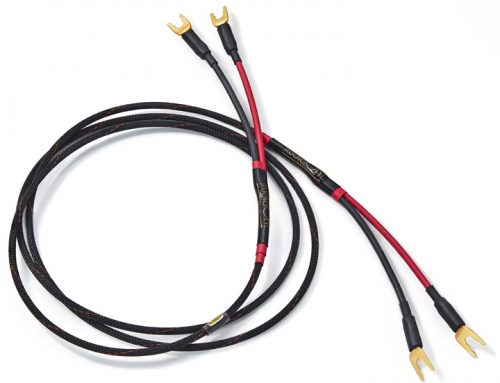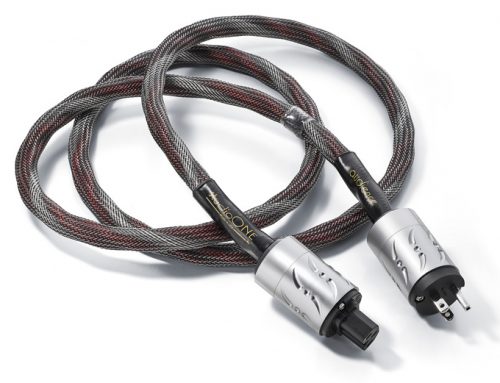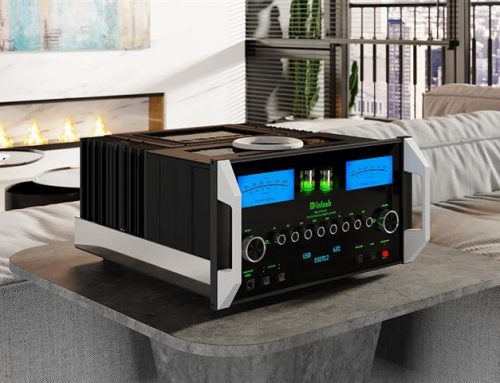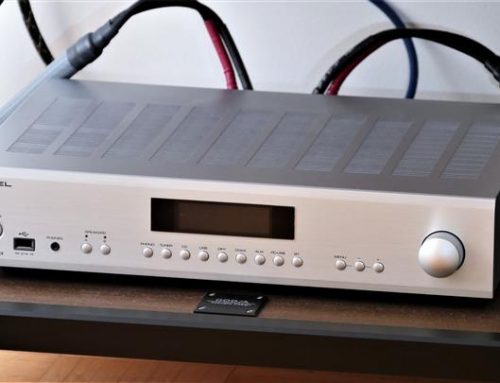I’ve been listening to higher-end 2-channel headphone audio for more than 30 years. And while I own a number of exotic headphone amps and obscenely expensive sets of headphones, I do not have ‘phones for my home theatre. So when CANADA HiFi asked if I’d like to review a pair of Sennheiser’s RS 175 wireless digital headphones, I jumped at the chance to do so.
Originally founded by Dr. Fritz Sennheiser in Wennbostel, Germany (near Hamburg) in 1945 under the name Laboratorium Wennebostel (Lab W), today in 2015 Sennheiser is a multi-billion dollar consumer electronics company.
Sennheiser Canada was founded in 1991. That same year, they unleashed their flagship $11,000 USD tube-amp driven Orpheus electrostatic headphone system. Consider yourself very lucky if you’ve ever heard this set-up.
In 1995, Sennheiser unleashed their first wireless radio frequency headphone system named the RS 5.
The RS 175 system was launched at the 2015 Consumer Electronics Show [CES] held annually in Las Vegas, Nevada.
According to Sennheiser’s Global Design Manager Oliver Berger:
“Combining state-of-the-art wireless technology with our expertise in high performance wireless audio, the headphones deliver authentic sound at the highest ranges. The RS 175 offers even greater involvement in the home entertainment experience, with its choice of virtual surround sound modes and switchable dynamic bass.”
Operating on the 2.5GHz band, the RS 175s offer users a 100 meter (328 ft) line-of-sight reception range from the transmitter.
The RS 175 system arrived in a display box which housed: a), the headphones; b), the transmitter base; c), the wall-wart power supply; d), a 1.0m Toslink optical cable for digital use; e), a 1.0m 1/8”-to-1/8” interconnect; f), a software CD; and g), 1 pair of NiCad batteries which fit inside and power the left and right headphone housings.
Designed in collaboration with Brennwald Design in Kiel, Germany, the RS 175 is a closed, circumaural, wireless headphone model that has both analog and digital inputs. The RS 175 system allows a user to switch between these two inputs on-the-fly. The transmitter can even send incoming signals to two pairs of headphones at the same time.
After letting the NiCad batteries charge for about 24 hours, the RS 175s were ready for use. When not active, the headphones sit on top of the charging station / transmitting tower. The rig has a quiet aesthetic and a small footprint that doesn’t call much attention to itself.
To turn the headphones on, a user must press a small circular button on the right headphone’s housing. After holding the button down for 2 seconds, the headphones come alive. Green LEDs light up on both the transmitter and the headphone’s power button to indicate that the system is ‘on’
The RS 175s have a ‘Bass Boost’ feature and two ‘Surround Sound’ modes [Lo and Hi]. Both of these features can be controlled from buttons on the transmitter and/or on the headphones.
The bass boost feature is either ‘on’ or ‘off’. While using either of the surround sound modes, I found the RS 175s sounded best with the bass boost turned on. The bass foundation was fuller; and mid-bass and lower frequency details were far more impactful (read: more relevant and meaningful).
The RS 175 system offers two optional ‘Surround Sound’ modes. Running them flat with no equalization, a lot of the sonic information which a user would expect to hear from a properly set-up multi-channel home theatre system is (deliberately) pushed into the background.
The Lo level surround sound mode widens and deepens the soundstaging considerably. To my ears, the Lo mode sounded most like a properly dialed-in multi-channel home theatre system.
While the Hi level surround sound mode widened the soundstage even farther, it reduced the depth and compressed the three-dimensionality of the soundstage.
I primarily used the Lo surround sound mode while watching Blu-ray discs, cable TV programs, and sports broadcasts. Even after wearing the RS 175s for 4 or 5 hours, I had far less listening fatigue when I’d used the Lo setting.
The RS 175 headphones can be customized to provide whatever kind of sound a listener is searching for. If my ears start ringing after 10 minutes of listening to any pair of headphones, I’ll avoid them like the Ebola virus. I’m happy to report that the RS 175s did not cause the usual type of listening fatigue which I associate with headphones in this price bracket.






